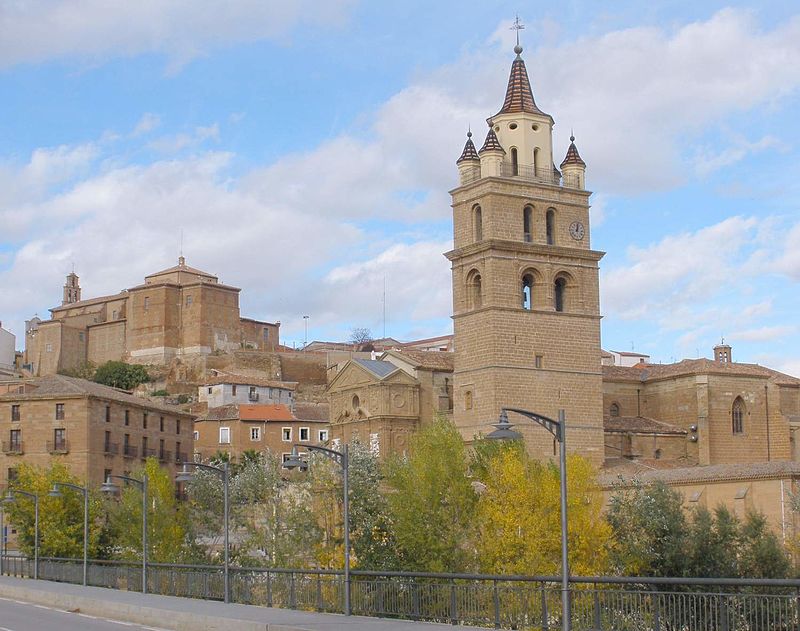The Jewish presence in Calahorra dates from at least the 12th century, making it one of the oldest in Castile. They were involved in many economic activities, including real estate, trade and wine growing. Documents, some in Hebrew, attest to this.

About 50 families lived in Calahorra at the beginning of the 13th century. By the end of that century, they numbered almost 500, representing about 15% of the total population. Although they were socially integrated and participated in many constructions for the benefit of the city, such as the mills, they were subjected to heavy taxation because of their religious affiliation.
In 1370, a large number of Jews left the difficult conditions of local life, especially because of regional conflicts, their neighbourhoods being plundered, to find refuge in Navarre, welcomed more favourably by Queen Juana. They later settled there again, when the drastic measures against them were eased, but not for long. In 1491 the Jews were forced to wear distinctive signs. After the Inquisition in 1492, the synagogue was transformed into a church and later into the monastery of San Sebastian.
The Jewish quarter was located near the castle of Calahorra and the present-day church of San Francisco. It was surrounded by a wall and several enclosures, including the Puerta de la Juderia , located at the current junction of Cabezo, de los Sastres and Dean Palacios streets. The ancient synagogue was located on the site of the present-day Aurelio Prudencio School.
Although few remains of Calahorra’s Jewish past remain, the Cathedral Museum preserves Torah scrolls, as well as administrative documents of real estate contracts, among which six written in Hebrew and dating from the 13th and 14th centuries.
Sources : Redjuderias.org, Encyclopaedia Judaica